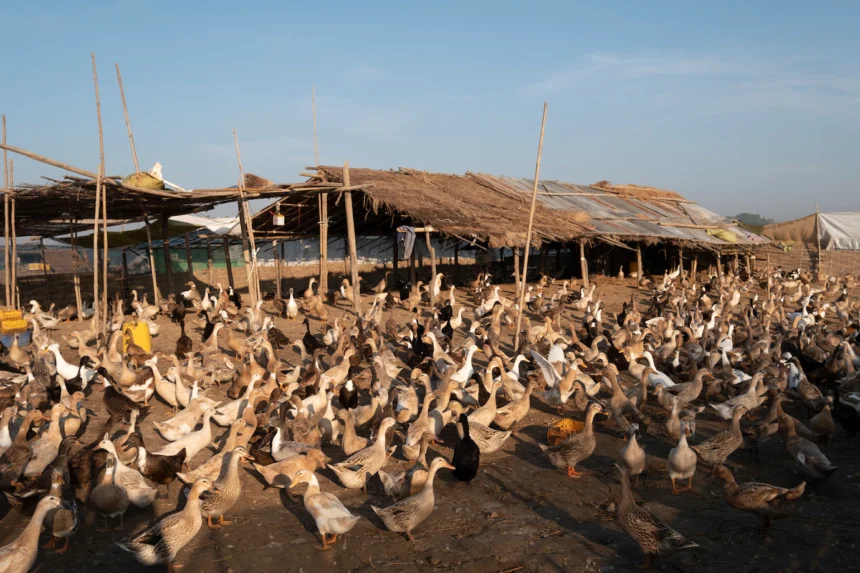Exploring natural building techniques for farm structures in South Africa can be a sustainable and cost-effective approach to construction while promoting local materials and traditional building methods. Natural building techniques utilize locally sourced materials and emphasize environmentally friendly practices. Here are some popular techniques you can consider for farm structures in South Africa:
- Cob Construction: Cob is a mixture of clay, sand, and straw that is used to create solid walls. The material is inexpensive, abundant, and has excellent thermal properties, keeping the interior cool in summer and warm in winter. Cob structures can be shaped into various forms and can even incorporate sculptural elements.
- Rammed Earth: Rammed earth construction involves compacting a mixture of clay, sand, gravel, and sometimes cement into formwork to create walls. The technique provides good thermal mass and is durable. It is well-suited for areas with abundant clay soil, which is common in many parts of South Africa.
- Straw Bale Construction: Straw bale walls consist of bales stacked and secured together. The bales provide excellent insulation and are often covered with natural plaster. This technique is relatively quick, inexpensive, and highly energy-efficient. It requires careful attention to moisture management to prevent mold or rot.
- Adobe Construction: Adobe involves using a mixture of clay, sand, and sometimes straw to create bricks or blocks. These blocks are sun-dried or baked before being used to build walls. Adobe structures have a long history in Africa and offer good thermal performance, but they require proper waterproofing and maintenance.
- Timber Frame with Natural Insulation: A timber frame structure can be combined with natural insulation materials like straw, wood fiber, or cellulose. This approach provides the structural stability of a timber frame while incorporating sustainable and energy-efficient insulation.
- Green Roofs: Incorporating green roofs can enhance the sustainability of farm structures. Green roofs are covered with vegetation, which provides insulation, stormwater management, and improved aesthetics. They can be installed on various types of structures, including sheds, barns, or storage buildings.
When exploring natural building techniques, it’s important to consider factors such as the availability of local materials, climate conditions, and building regulations in your specific location. Consulting with local architects, builders, or organizations with expertise in natural building can provide valuable guidance and help you tailor the techniques to suit your farm’s requirements and local context.
Join 'Farmers Mag' WhatsApp Channel
Get the latest Farming news and tips delivered straight to your WhatsApp
CLICK HERE TO JOIN






